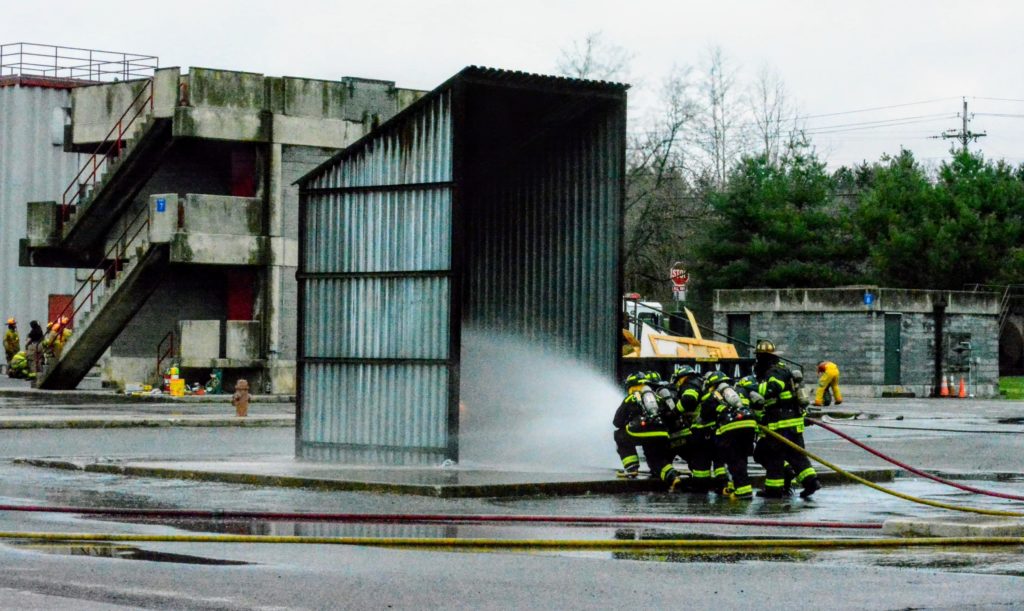HYDE PARK – The New York State Department of Environmental Conservation (NYSDEC) will soon begin a detailed environmental study at the Dutchess County Fire Training Center site located at 392 Creek Road in Hyde Park.
The Fire Training Center was placed on the State’s Superfund site due to water contamination from poly- and perfluoroalkyl substances, known as PFAS, which are chemicals used in firefighting applications. The State says that the site presents a significant threat to public health and/or the environment.
The recently announced investigation work plan called a “Remedial Investigation Work Plan (RIWP),” was prepared by Standby Engineer (TRC Engineers, Inc.) in coordination with NYSDEC under the
Superfund Program. The site is listed as a Class “2” site in the State Registry of Inactive Hazardous Waste Sites (list of State Superfund sites). A Class 2 site represents a significant threat to public health or the environment; action is required. NYSDEC and the New York State Department of Health (NYSDOH)
will oversee the investigation.
The investigation will define the nature and extent of contamination in soil, surface water, groundwater, and any other parts of the environment that may be affected. Sampling of on-site groundwater and soil, surface water, and sediment of the Fall Kill indicate the presence of poly- and per-fluoroalkyl substances (PFAS). PFAS are contaminants often associated with fire fighting foams, also known as aqueous
film forming foam (AFFF).
Key components of the investigation work include:
• Collecting and analyzing samples from soil borings to identify possible
on-site sources of contamination;
• Surface soil sampling proximate to a surface water culvert(s) to assess
contaminant migration pathways;
• Stormwater sampling following one or more rain event(s);
• Sampling of surface water proximate to the site, and surface water/ colocated sediment sampling along the length of Fall Kill/Lake to the
southern dam; and
• Installing and sampling groundwater wells to monitor impacts from areas
of concern both on-site and off-site.
The information collected during the investigation will be summarized in a report. After the site investigation is complete, NYSDEC will conduct a Feasibility Study.” This study uses information developed during the site investigation to develop and evaluate potential ways to clean up contamination related to the site. The information collected during the site investigation may also support the conclusion that no action, or no further action, is needed to address site-related contamination. NYSDEC will then develop a draft cleanup plan, called a “Proposed Remedial Action Plan.” This plan describes the remedy preferred by NYSDEC, or if warranted, a proposal for no action or no further action.








